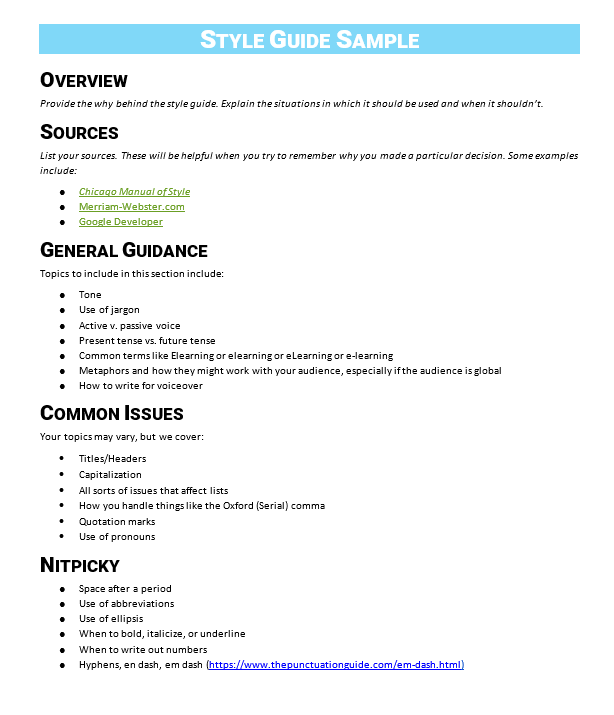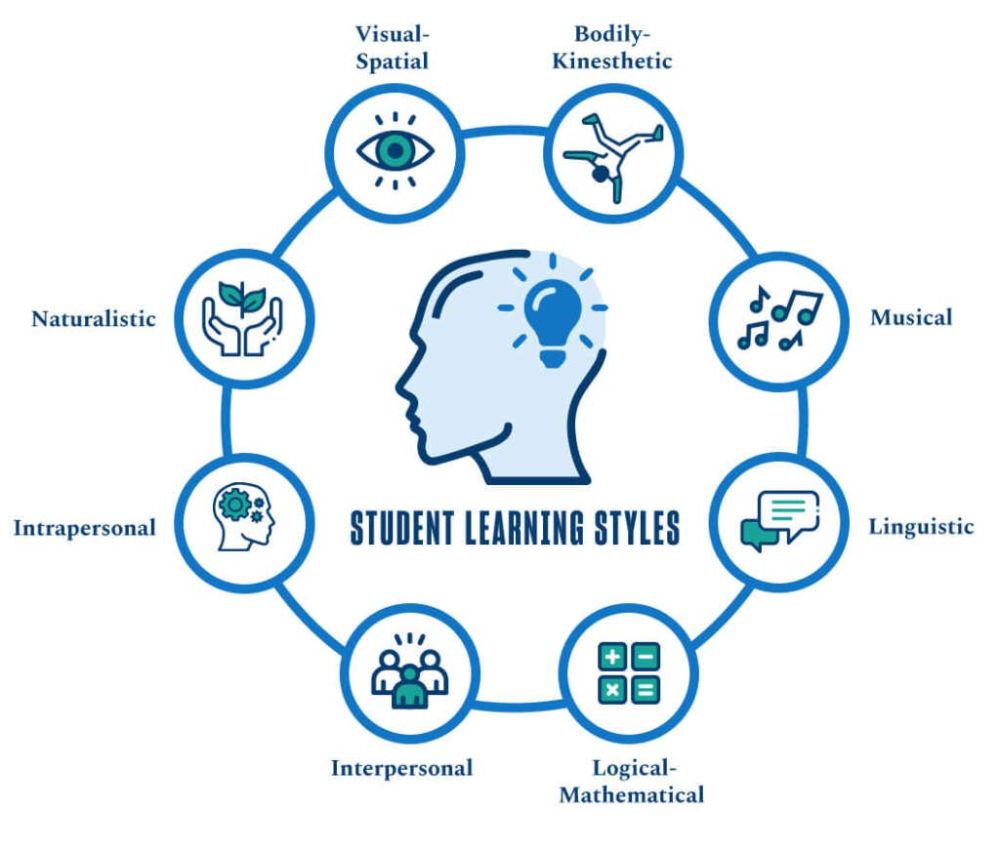Learning Style Guide: Know Yourself

Understanding your learning style is crucial for effective learning and personal growth. It helps you to identify the most suitable methods for absorbing and retaining information, which can significantly impact your academic, professional, and personal development. In this comprehensive guide, we will delve into the different learning styles, their characteristics, and provide insights on how to determine your dominant learning style.
Introduction to Learning Styles

The concept of learning styles was first introduced by Neil Fleming in 1987, who proposed the VARK model. This model categorizes learners into four main groups: Visual, Auditory, Read/Write, and Kinesthetic. Since then, various other models have been developed, including the Honey and Mumford model, which identifies four learning styles: Activist, Reflector, Theorist, and Pragmatist. Understanding these models and their associated learning styles can help you to better comprehend your individual learning preferences.
Visual Learning Style
Individuals with a visual learning style tend to process information more effectively through images, diagrams, and videos. They often prefer to watch demonstrations, use mind maps, and create visual aids to help them understand complex concepts. Key characteristics of visual learners include a strong ability to recall visual details, a preference for illustrations and diagrams, and a tendency to think in pictures. For example, a visual learner may find it easier to understand a complex mathematical concept by watching a video tutorial or creating a diagram to illustrate the steps involved.
Auditory Learning Style
Auditory learners, on the other hand, prefer to learn through sound and music. They tend to benefit from listening to lectures, audio recordings, and discussions. Key characteristics of auditory learners include a strong ability to recall sounds and rhythms, a preference for oral instructions, and a tendency to think in sounds. For instance, an auditory learner may find it easier to understand a new language by listening to audio recordings or participating in conversations with native speakers.
Read/Write Learning Style
Read/Write learners prefer to learn through written text and tend to excel in tasks that involve reading and writing. They often benefit from taking notes, creating lists, and reading instructions. Key characteristics of Read/Write learners include a strong ability to recall written information, a preference for written instructions, and a tendency to think in words. For example, a Read/Write learner may find it easier to understand a complex concept by reading a detailed article or taking notes during a lecture.
Kinesthetic Learning Style
Kinesthetic learners prefer to learn through hands-on experiences and tend to excel in tasks that involve practical applications. They often benefit from experiments, simulations, and real-world applications. Key characteristics of kinesthetic learners include a strong ability to recall tactile sensations, a preference for hands-on activities, and a tendency to think in actions. For instance, a kinesthetic learner may find it easier to understand a complex scientific concept by conducting an experiment or participating in a simulation.
| Learning Style | Characteristics | Preferences |
|---|---|---|
| Visual | Strong visual recall, thinks in pictures | Images, diagrams, videos |
| Auditory | Strong auditory recall, thinks in sounds | Audio recordings, discussions, lectures |
| Read/Write | Strong written recall, thinks in words | Written text, notes, lists |
| Kinesthetic | Strong tactile recall, thinks in actions | Hands-on activities, experiments, simulations |

Determining Your Learning Style

To determine your dominant learning style, you can use various methods, including online quizzes, self-assessment tools, and observation of your learning preferences. It’s essential to note that individuals may have a combination of learning styles, and understanding your unique blend can help you to develop a more effective learning strategy. Key steps to determining your learning style include identifying your strengths and weaknesses, observing your learning preferences, and experimenting with different learning approaches.
Online Quizzes and Assessments
Online quizzes and assessments can provide a useful starting point for determining your learning style. These tools typically ask a series of questions about your learning preferences and provide a summary of your dominant learning style. However, it’s essential to remember that these quizzes are not always accurate and should be used in conjunction with self-reflection and observation.
Self-Assessment Tools
Self-assessment tools, such as learning style inventories, can help you to identify your learning preferences and strengths. These tools typically ask you to rate your preferences for different learning activities and provide a summary of your learning style. For example, the VARK questionnaire is a widely used self-assessment tool that helps individuals to identify their dominant learning style.
Observation and Reflection
Observing your learning preferences and reflecting on your experiences can provide valuable insights into your learning style. Ask yourself questions like: What type of learning activities do I enjoy most? What type of information do I find easiest to retain? What type of learning environment do I prefer? By reflecting on your experiences and preferences, you can gain a deeper understanding of your learning style and develop a more effective learning strategy.
What is the most effective way to determine my learning style?
+The most effective way to determine your learning style is to use a combination of online quizzes, self-assessment tools, and observation of your learning preferences. It's essential to remember that individuals may have a combination of learning styles, and understanding your unique blend can help you to develop a more effective learning strategy.
Can I have multiple learning styles?
+Yes, individuals can have multiple learning styles. In fact, most people have a combination of learning styles, and understanding your unique blend can help you to develop a more effective learning strategy. By recognizing your dominant learning style and incorporating elements of other styles, you can create a personalized learning approach that suits your individual needs.
How can I apply my learning style to real-world situations?
+Applying your learning style to real-world situations can help you to learn more effectively and retain information better. For example, if you're a visual learner, you can use diagrams and mind maps to help you understand complex concepts. If you're an auditory learner, you can listen to audio recordings or participate in discussions to learn new information. By tailoring your learning approach to your individual needs, you can achieve greater success in your academic, professional, and personal pursuits.
In conclusion, understanding your learning style is essential for effective learning and personal growth. By recognizing your dominant learning style and incorporating elements of other styles, you can create a personalized learning approach that suits your individual needs. Remember to use a combination of online quizzes, self-assessment tools, and observation of your learning preferences to determine your learning style, and apply your knowledge to real-world situations to achieve greater success.
